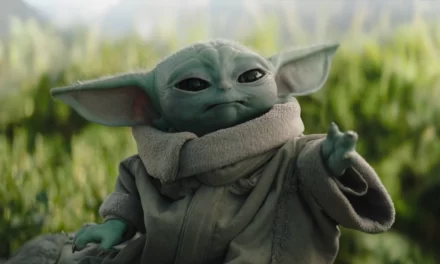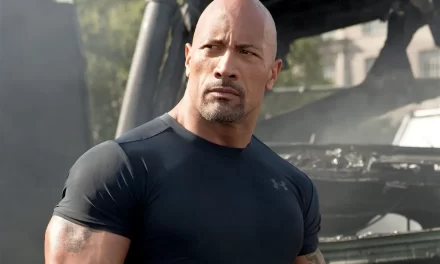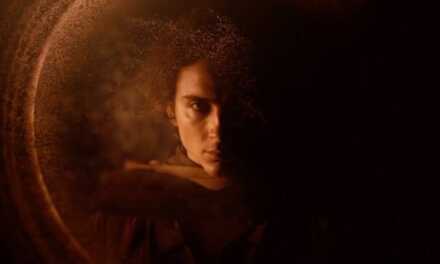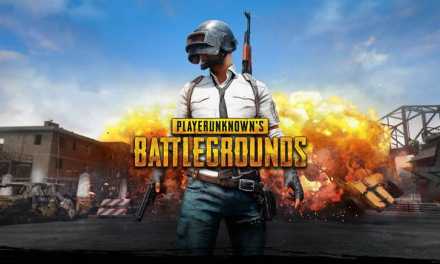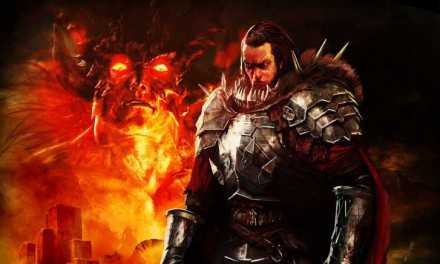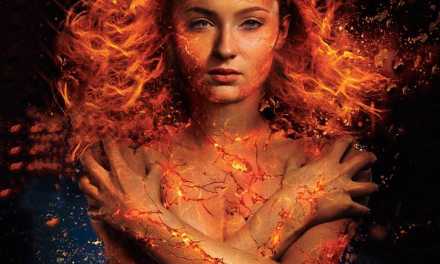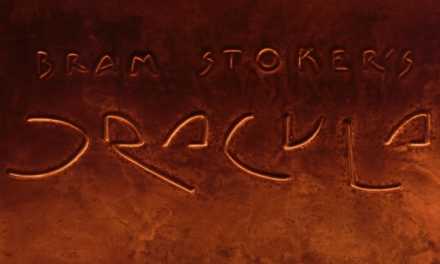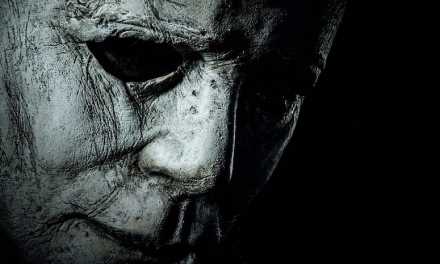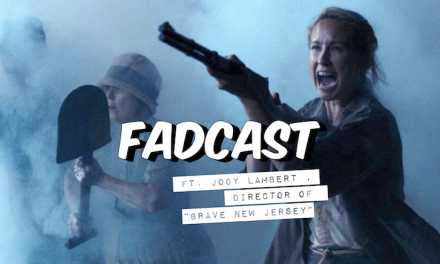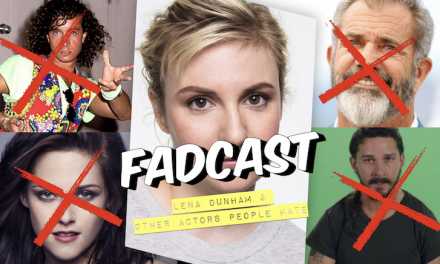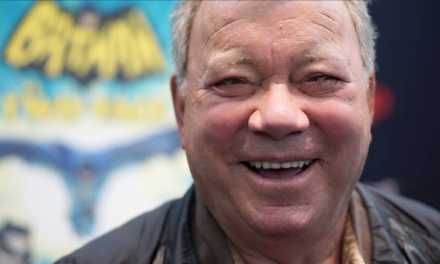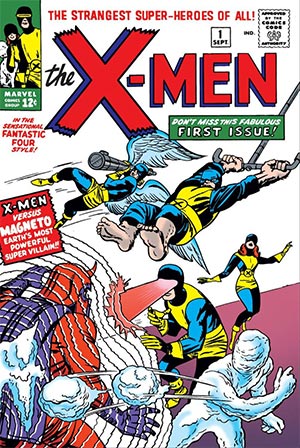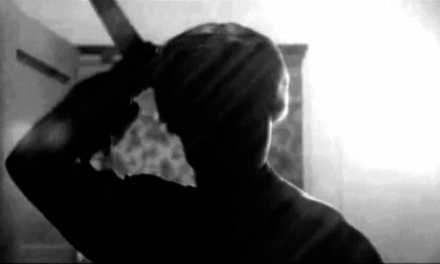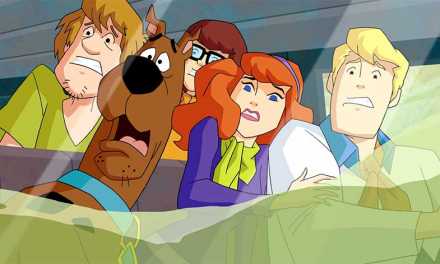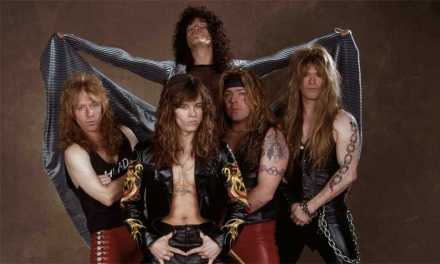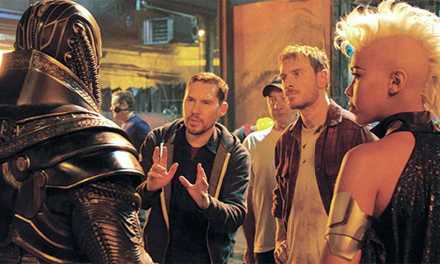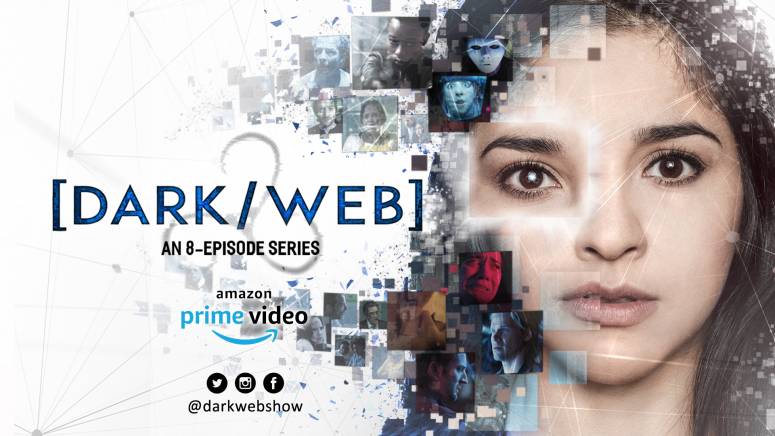
Logan: It’s Time To Make The X-Men Great Again
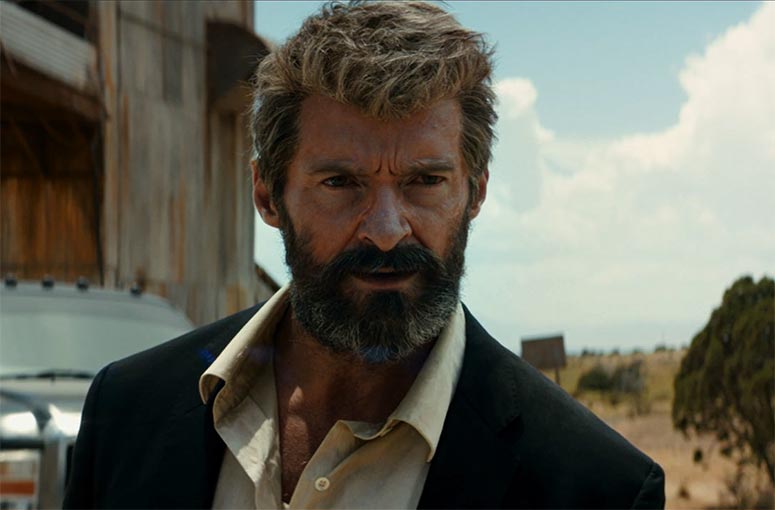
There may be plot points discussed regarding “Logan” that you may not wish to read about before viewing the film on your own…
It is both a tragedy and a triumph that the ninth and final installment of Hugh Jackman as the beloved Wolverine is the superlative outing of the character. The dark tone and gory gritty action that “Wolverine” veteran James Mangold gives James Howlett, coupled with standout performances from all of the actors, easily makes this the best film of the X-men franchise, and as some may come to say, one of the best comic book films made to date. Why is it, then, that only as the wick of the candle burns to the end does it shine brightest?
Why has it taken 9 films to finally successfully portray one of the most popular comic characters ever? What formula escaped the other 8 films? Was it the addition of new characters or the omission of old ones? In a world now overflowing with comic book film fodder it has become a challenge to stand out. There have even become sub-genres within the larger one that have allowed such films as “Deadpool” able to make even the whimsical welcome. Seventeen years have passed since the blockbuster success of the original X-Men film ushered in this comic laden world. We have since seen the “Dark Knight” Trilogy, the entire Marvel Cinematic Universe, and the forthcoming birth of the DC Universe. Why would one prefer the X-Men when so much superhero cinema has done so much better? I believe the key to the X-men, in the comics, the cartoons, in the original X-Men film, and finally again in Logan, that still allow them to be fan favorites even amongst all the competition is thematic relevance.
Persecution, acceptance, diversity, bigotry, these are the themes that have attracted pimple faced kids to X-Men comics and Shakespearean actors (Stewart and McKellan) to their scripts. The timeless struggle of these themes have allowed the mutants to transcend their relevance for over 50 years. The X-men debuted in 1963. In January of that year, Governor Wallace of Alabama gave an inaugural speech touting “segregation now, segregation tomorrow, and segregation forever!” and later that year Martin Luther King Jr.’s “I Have a Dream Speech” would be immortalized. It is no coincidence that Stan Lee and Jack Kirby’s X-Men faced struggles parallel to the civil rights and succeeded in doing so, they were relevant.
So what was the modern struggle faced in “Logan?” What was our cultural parallel? Logan is the hero to a band of young children. Mexican children. This band of Mexican children escape the harshness of their homeland to America. And once in the land of the free and the home of the brave, they are still amidst danger. They are pursued by armed agents of our government. There are no longer mutants being born due to what is likely genetic purging to keep out those who are different. The mutant children must evade American authorities and escape to find sanctuary in Canada. This is a parallel of our society today that carries on the responsibility of the 1963 X-Men legacy.
With “Logan” a new sub-genre of superhero film has been born. It is the kind we have been waiting for and the kind we deserve. It takes itself seriously and grapples with relevant issues while continuing to entertain. As we say farewell to Patrick Stewart and Hugh Jackman as Charles Xavier and the Wolverine we say hello to the type of superhero film that has made the X-Men great again.

